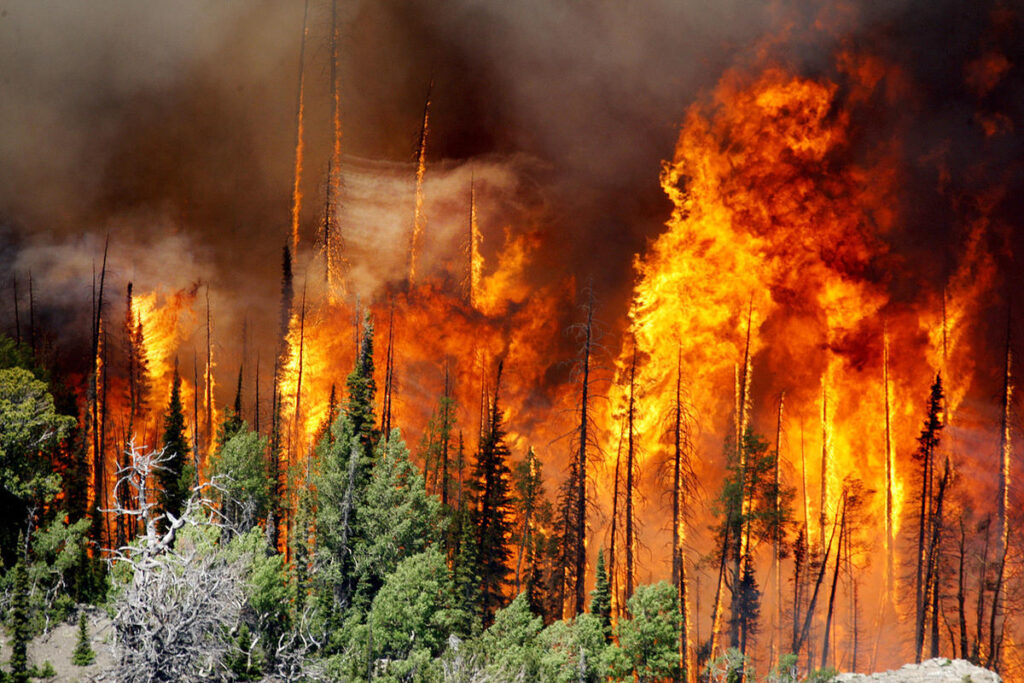Understanding the Inciting Incident
Several years ago, where I live had a wet and relatively mild winter, followed by a fairly mild spring. As tends to be the case, June brought soaring temperatures with the accompanying winds of 30-50 mph. One person, who had been previously warned repeatedly, thought this was the perfect time to burn the dried-out weeds, but the one person set the mountain on fire. Over two weeks later, over 1,000 firefighters were working through incredible heat to fight the flames that ended up consuming 71,000+ acres of mountain forest in the Brian Head fire.

I could have told you about the lovely temperatures of spring or the fact that there was an insect plague over two decades ago that left the trees on the mountain compromised, but the reality of the situation is that you, as a reader, don’t have anything invested in that, not until you know why I’m telling you. As writers, it is our job to give readers enough of the backstory to understand where the character is coming from and then get on with it.

We can all nod our heads and say, “Yes, I understand,” but then when we try to write the inciting incident? Nothing.
Sometimes it’s easiest to understand the inciting incident better when we can see it in something we know well. Here are a few well-known incidents to help provide some clarity:
The Wizard of Oz
Without the assistance of the tornado, Dorothy, Toto, and the viewers would all still be hanging out in Kansas with Auntie Em. We get just enough of the story to allow us to see a bit about Dorothy, to understand that she’s a dreamer, and then the story takes a wild turn into a land of the unknown and we get to really see what Dorothy is made of.
Romeo and Juliet
We get it. The Montagues and the Capulets don’t like each other. Why? Not important. We just need to see that people from these families are willing to kill each other for a perceived snub to understand the level of tragedy that will accompany the star-crossed lovers, something we know from the moment they meet (hint: this is their inciting incident).
The Scarlet Letter
We get enough of the setting to know that we are dealing with Puritans, that they have a harsh judgment system, and then we are with Hester Prynne, on the scaffold, holding her baby. She refuses to state the name of her co-sinner, concealing the identity of the child’s father, and then looks across the crowd to see her husband (a man who was believed to be dead and who she hadn’t seen in years) staring back at her. Talk about a love triangle with some serious consequences.
So, dear writer, it’s your turn. Where does your character pivot onto a path that will make readers want to follow? How much are you asking your readers to know before you let them understand why? Are you trying to showcase all the work you did, and by doing so, compromising the opportunity for a reader to get engaged?
These are hard questions to answer, and sometimes even harder to answer honestly. But being clear with our story, our characters, and our writing will allow us to move toward the story of greatest engagement.